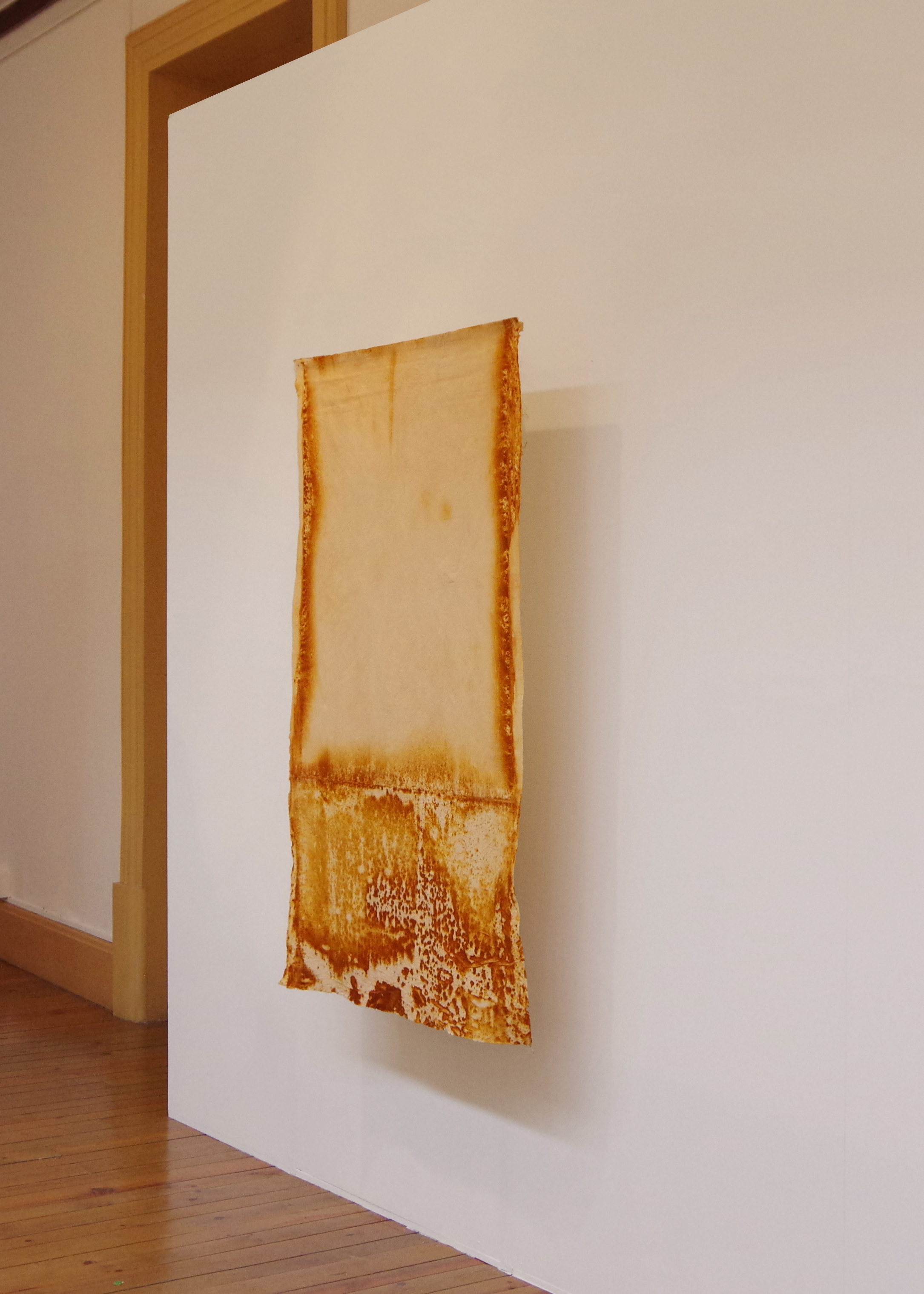

'Breathing' (2020) is the result of a response to the imposition of limits and the inherent contemporary asphyxiation and social collapse. It starts from expanding the sphere of observation of experience and sensory practices, from its interventions in the rhythm, measure and breathing flow of the human poetic body, in order to establish a state of clarity.
I turn to Franco Bifo Berardi's abundant pertinence in "Breathing - Chaos and Poetry" (Semiotext(e), 2018) to invoke the urgency of breathing as a basic need of the social body:
We recognize the deterministic model that has been established in the relationship between time, labor and value - a relationship where continuously and cyclically humanity has fallen into flows of chaos and indeterminacy that limit its understanding of the world and its own inhumanity. Chaos in the authoritarian metabolism imposed by the capitalist mechanism that paralyzes social respiration, and establishes the norm of excess, compulsion, and growth per se.
The intense implication of this problem of measurement and intensity sees its impact on the way human beings live and organize themselves politically and poetically. The social body asphyxiates, and it becomes urgent to find a breathing apparatus that allows osmosis between breath and chaos, and the birth of a shared imagination, interpersonal interpretations, and the evolution towards a common landscape of humanity and love.
To use the result of iron oxidation is to choose as dialogic matter the breathing of the material, recognizing that the production of rust happens in the possibility of iron's exposure to oxygen. The molecules of rust, because they have greater volume, are released as they are produced; without retention, this exchange that produces living matter becomes a continuous flow of emancipation. Making this process visible implies giving up any intervention over the deposition of the material and allowing circumstances to speak out, in the face of the initial proposal of confrontation/union/contact. One pole, ferrous, material of non-terrestrial origin, and the other textile, natural matter transformed by human industrial production. In their interrelation, the space under pressure remains alien to respiratory exchange; around, where contact happens freely, one senses the intimate texture of the rhythm of cosmic inhalation and exhalation.
Like this, visual breathing practices, in their retention of each tangible singularity, amplify internal spaces; mental images that in their exhalation intervene as arousers of immaterial meanings, slowing down the internal dialectical rhythm and amplifying gradually individual and collective consciousness, so that increasingly, beyond oppression and inhumanity, the integral body-being, in its multiple dimensions and diversity, is integrated, cared for, and recognized.